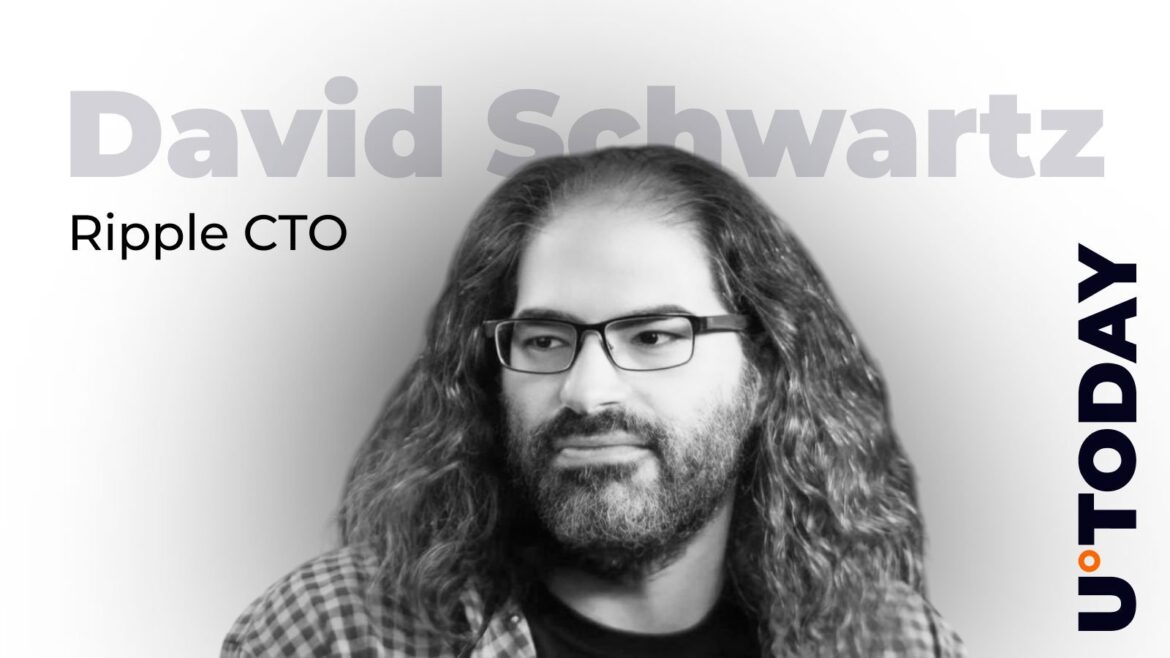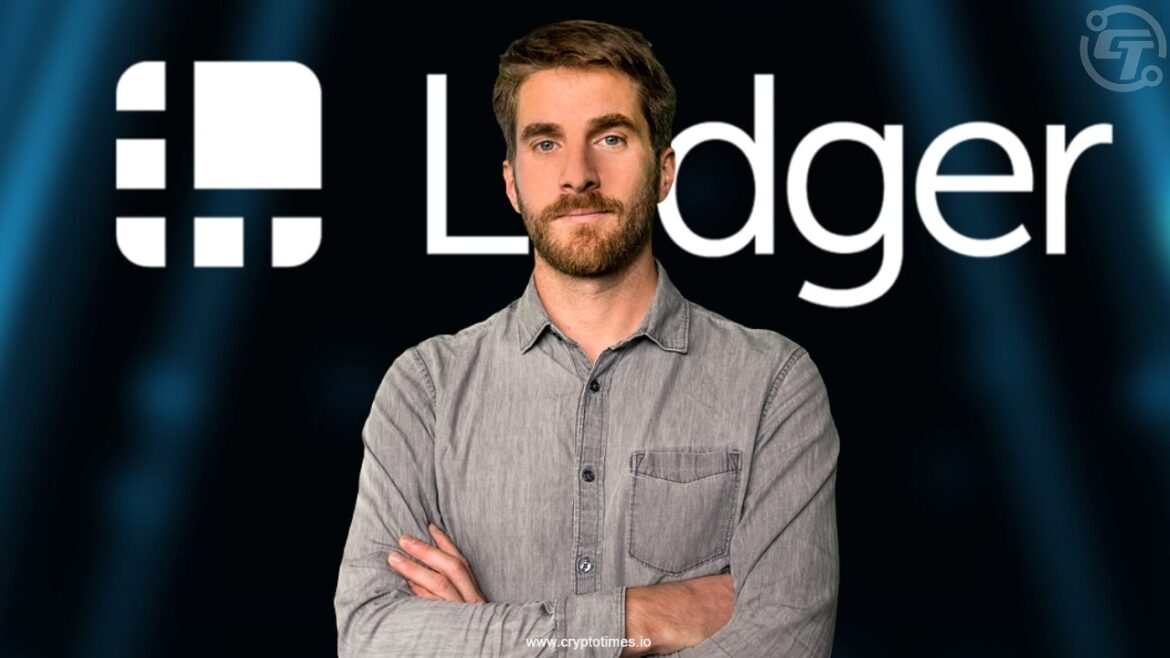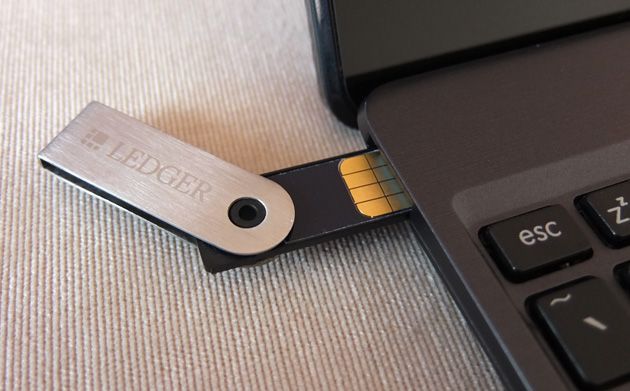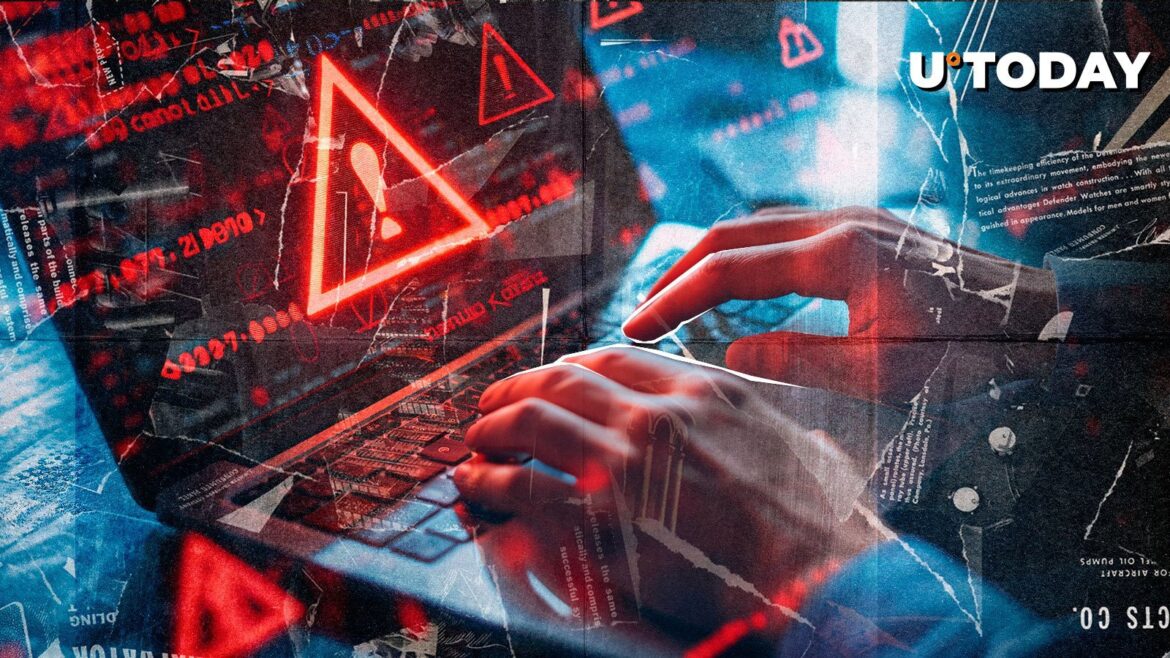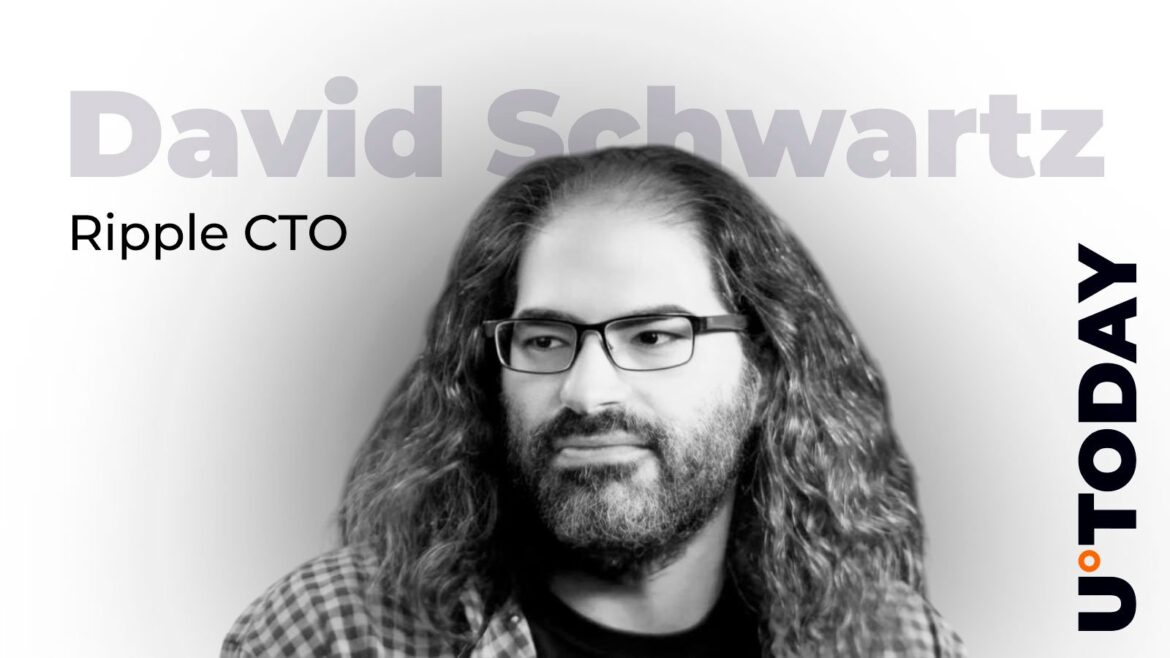Ripple CTO David Schwartz recently announced he was stepping back from his role as Ripple’s chief technology officer, sparking reactions from the XRP and broader crypto community.
An X user, in reaction to Schwartz’s announcement of his resignation, pleaded with the Ripple CTO to “kindly continue working on Coil.”
Coil is a platform that provides an alternative method for creators to monetize their content online. As subscribed fans consume content, the platform utilized an open API called Web Monetization to stream micropayments to creators instantaneously. The API was built on the Interledger Protocol, co-created by former Ripple CTO Stefan Thomas. The Coil platform sunsetted in 2023.
Ripple CTO weighs in
In response to the X user’s request to continue development on Coil, Ripple CTO David Schwartz revealed the hard truth: “We’re kind of stuck. The issue is interesting.”
Schwartz went on to explain the issue, using the context of email. He noted that email really has two different features, which are logically separate.
First, it has a universal namespace based on domain names. Second, it has a universal exchange protocol, SMTP. Schwartz explained the issue, saying, “You can imagine a system that only had one of these things and not the other. First, with neither, things would suck.”
“Coil wanted InterLedger Protocol (ILP) to be like email -a universal namespace and a universal protocol with guaranteed interoperability,” Schwartz said, adding “the problem is that a universal protocol for money with guaranteed interoperability is not practical.”
Schwartz added, “Yes, ILP is a protocol and mostly what you care about it people using ILP to move money. But it has to coexist with other payment methods and requiring people who have other ways to pay to onboard with ILP endpoints doesn’t seem to be necessary.”
Ripple’s paystring — a universal namespace for payment endpoints that can support XRPL addresses, ILP endpoints, Bitcoin addresses, custodial accounts on exchanges, PayPal and Zelle — was developed in response, but it did not guarantee interoperability.
“A big blocker in the past was regulatory obstacles to cross-system payments outside of the self-custody space. I’m not sure if that has gotten better or is still a problem,” Schwartz added.



